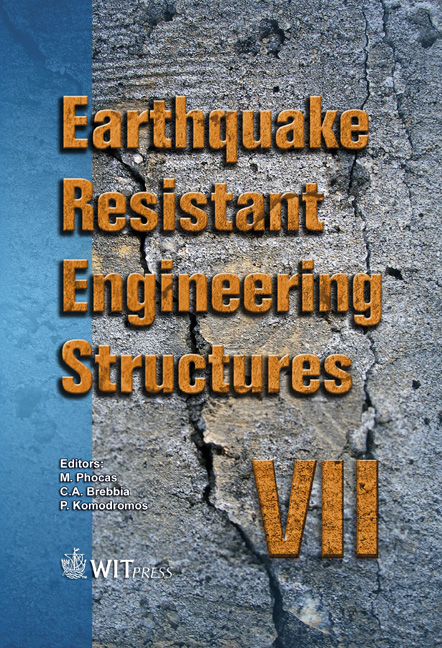Evaluation Method For Behaviour Of Pipelines During Earthquakes
Price
Free (open access)
Transaction
Volume
104
Pages
11
Page Range
369 - 379
Published
2009
Size
417 kb
Paper DOI
10.2495/ERES090341
Copyright
WIT Press
Author(s)
K. Fuchida
Abstract
This paper presents a synthetic evaluating method for the seismic behaviour of pipelines during earthquakes. The proposed method consists mainly of three analytical methods, which are the reliability analysis method for lifeline networks, seismic response analysis of surface ground layers and the pseudo static response analysis of buried pipelines. The reliability analysis method for lifeline networks is based on the Monte Carlo method. The seismic response analysis method is two-dimensional effective stress analysis based on Biot’s two-phase mixture theory and Iai’s constitutive equation. The pipeline analysis is based on the beam theory on an elastic foundation and modified transfer matrix method. Numerical computations are performed for models with various conditions of ground and pipes. As a result, axial and lateral response characteristics of pipelines are shown and evaluated by relating with earthquakes, grounds and pipelines conditions. Keywords: response analysis, pipeline, surface layers, reliability, network, cost. 1 Introduction Severe damage to lifeline systems during earthquakes greatly affects the social activity and urban life of citizens. It is very important that aseismic investment for lifeline systems is performed in view of the fast recovery of economical and social works in urban areas after earthquakes. This study aims to propose a synthetic evaluation method for pipelines constituting a network system during earthquakes. The proposed method consists of three analytical methods. From a perspective viewpoint, the whole network system is investigated and weak pipelines are extracted. Then, the responses of
Keywords
response analysis, pipeline, surface layers, reliability, network, cost.





